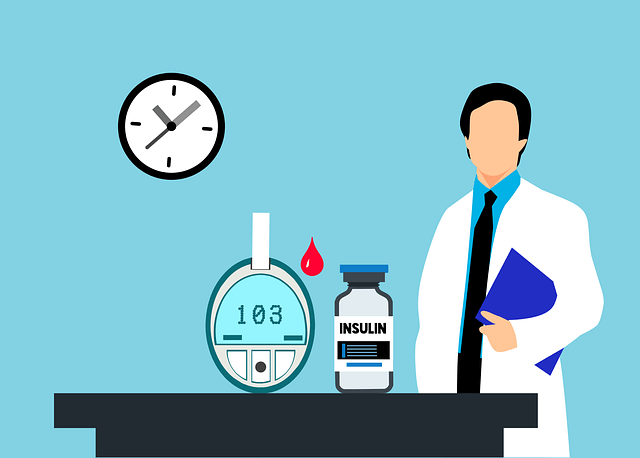Diabetes is a metabolic disease that affects blood sugar levels. It comes in several forms, each with unique traits and health consequences. Comprehending the various types of diabetes is crucial for efficient handling and therapy. Let’s examine the nuances of the many forms of diabetes and how they affect people’s health.
Type 1 Diabetes
Signs and Symptoms: Type 1 diabetes often presents with symptoms like excessive thirst, frequent urination, unexplained weight loss, fatigue, blurred vision, and increased hunger.
Diagnosis: Diagnosis involves blood tests to measure glucose levels and assess diabetes risk based on symptoms and medical history.
Treatment: Management of type 1 diabetes requires lifelong insulin therapy, blood sugar monitoring, and a balanced diet.
You might also like to read: What Are the Causes of Diabetes?
Type 2 Diabetes
Signs and Symptoms: Type 2 diabetes symptoms may include increased thirst, frequent urination, fatigue, unintentional weight loss, slow-healing wounds, and blurred vision.
Diagnosis: Diagnosis includes blood tests, urine analysis, and glycated hemoglobin (A1C) tests to evaluate blood sugar levels.
Treatment: Treatment for type 2 diabetes may involve oral medications, lifestyle modifications, and, in some cases, insulin therapy.
You might also like to read: Can You Live a Long Life with Diabetes?
Gestational Diabetes
Signs and Symptoms: Gestational diabetes, occurring during pregnancy, can lead to increased thirst, frequent urination, and fatigue.
Diagnosis: Diagnosis involves glucose tolerance tests during pregnancy to monitor blood sugar levels.
Treatment: Management includes dietary changes, exercise, and, in some cases, insulin therapy to control blood sugar levels.
You might also like to read: Understanding Diabetes Symptoms: Differentiating Type 1 and Type 2 Diabetes
Prediabetes
Signs and Symptoms: Prediabetes, characterized by elevated blood sugar levels, often shows no symptoms but increases the risk of developing type 2 diabetes.
Diagnosis: Diagnosis is based on blood tests to assess glucose levels and diabetes risk.
Treatment: Lifestyle changes, such as weight loss, healthy eating, and regular exercise, can help prevent the progression to type 2 diabetes.
Latent Autoimmune Diabetes in Adults (LADA)
Signs and Symptoms: LADA shares features of both type 1 and type 2 diabetes, with symptoms like increased thirst, frequent urination, and fatigue.
Diagnosis: Diagnosis involves blood tests to measure glucose levels, insulin levels, and autoantibodies.
Treatment: Management may include insulin therapy, oral medications, and lifestyle modifications to control blood sugar levels effectively.
Understanding the types of diabetes, their signs, symptoms, diagnostic methods, and treatment options is essential for early detection, effective management, and prevention of complications. Regular monitoring, healthy lifestyle habits, and adherence to treatment plans are key to managing diabetes and promoting overall well-being. Seeking medical advice promptly if experiencing symptoms is crucial for timely intervention and optimal health outcomes.



Pingback: What Are the Causes of Diabetes? - Wellness Readers Digest
Pingback: Reducing the Risk of Developing Type 2 Diabetes - Wellness Readers Digest